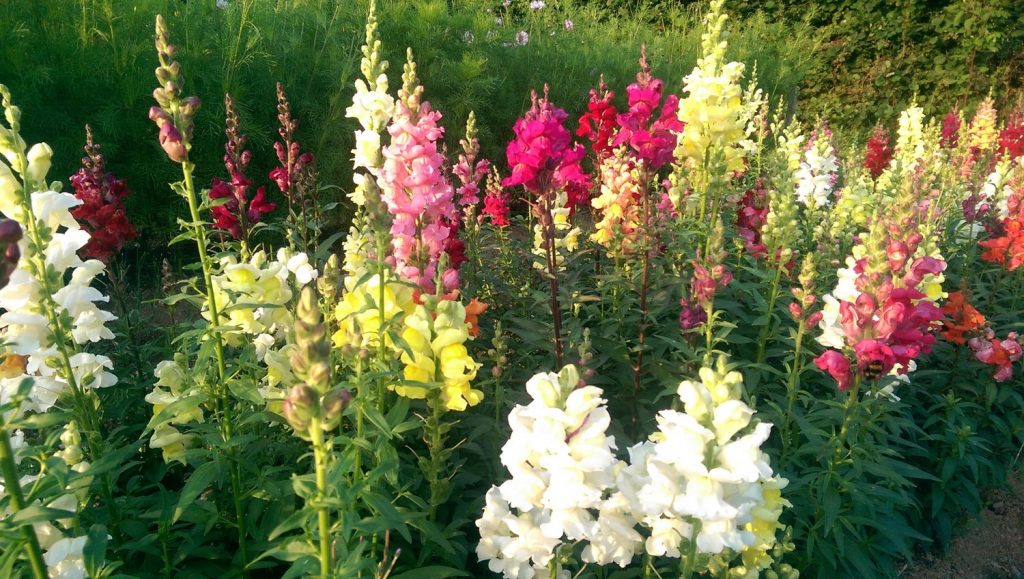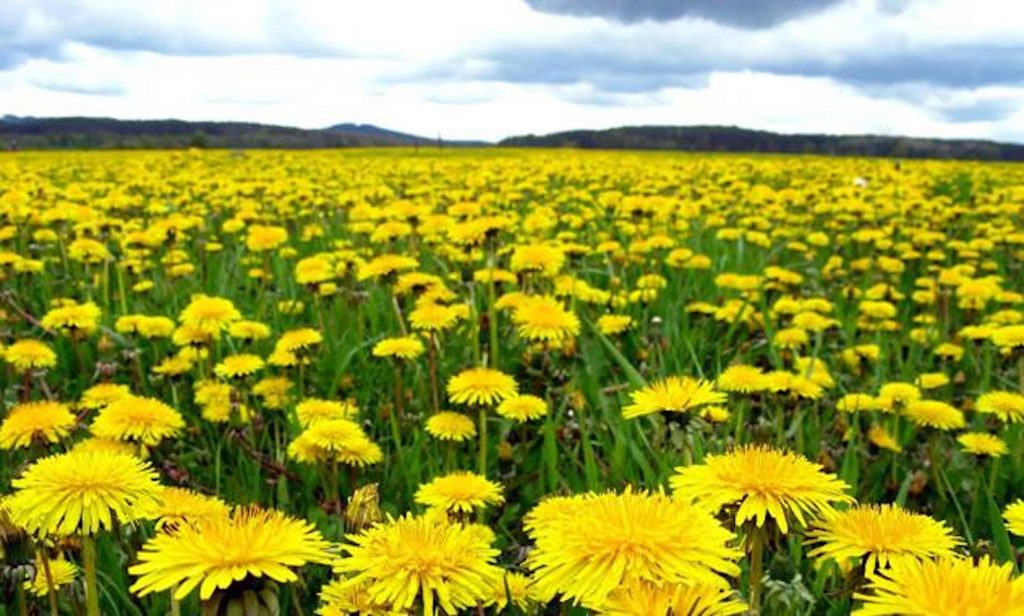We gardeners are on the front line of climate change. With our hands in the soil, our striving to grow plants as best we can. Struggling with raising temperatures, lower water and freakish weather patterns can stymie the ardent efforts of the best green thumbs. These are global issues, but what’s to be done on the micro level in our own backyards?
Begin with the plants. In the days before garden hoses and irrigation systems activated by a turning on the tap, water was carried by the canful to each plant or vegetable row. What was being grown back then that made such modest demands? In the naturally arid fields of southern California, it certainly wasn’t almond groves: I recently read that today it takes some 80 million gallons or 10% of the state’s water (channeled in from elsewhere) to water the nut groves, and 920 gallons of water to turn two pounds of almonds into one gallon of almond milk. Perhaps the state needs to rethink its agriculture priorities?
It’s axiomatic that the state needs to resolve its water use and conservation issues—a sweeping statement for sure—yet increasingly farmers throughout the west are reverting to old methods best suited to their environment: In New Mexico a dairy farmer has stopped growing water-intensive feed crops and gone to pasture-grazing his herd. In Arizona, a tomato farmer, worried about accelerated depletion of the aquifer that fed their greenhouse hydroponic system, has converted the greenhouses to in-soil, organic growing.

In the realm of horticulture, we ought to take similar tack. Gardeners today are learning, first, to suit plants to the place and to select varieties that survive whatever gets thrown at them; second, grow “comparables”—plants within families that come from different regions with similar characteristics and thus remain in their comfort zones with regard to heat, drought, and other climate extremes. By adopting this attitude, one can break out of native-plant-only jail, expand the garden’s palette and satisfy the hankering we always have to grow something different. Look, too, at so-called “cottage garden” flowers, that are tough enough to endure decades—or centuries—of garden trial and error. The first example that leaps to mind is the venerable snapdragon, which has happily laughed off its hell-strip confinement and spread like a dense copse along the dusty curb zone. Similarly, another area of parched hell-strip is blanketed in cosmos, and slinking its way into neighboring plots. Escholzia, the redoubtable California poppy, which formed the matrix of this year’s West Coast Super Bloom has proven to be a diehard interloper in my garden, so well adapted is it to growing anywhere it scatters seed…or the gardener does (guilty!).

A weed is a plant that is in the wrong place. So the question must be asked, when does a naturalized plant become a weed? There’s a lot of attention being given to garden designs that make space for seed mixes that include old-fashioned “granny garden” annuals, some of which are destined to become invasive. Verbascum Thapsus, or wooly verbascum or mullein (it has many common names), is one that has leapt the garden fence into wild open spaces, and has become a pest, choking out stands of native grass and penstemon with it heavy, felted leaf rosettes, from which spring towering flower stalks that quickly turn to seed. Wooly verbascum, however, had its uses back in the days before gaslight; dipped in tallow, the stalks were a form of candle, used to light prairie cabins and probably even the mean cottages of medieval serfs whose budgets didn’t stretch to flaming torches.

Verbascum has now become, most definitely, a weed. The lowly and despised dandelion, the blight of the tidy green lawn is, however, being rebranded as we acknowledge that it actually serves an especially important role in our straightened times, when all of nature seems to be under threat. The bright yellow dandelion, you see, is one of the earliest fodder flowers for bees; even though it’s not super rich in pollen, it’s available for foraging bees when little else is blooming.

But once the plant is sprayed with herbicide, or defiled with “weed and feed” turf products, the bee and other bugs that forage on it are is doomed. And in common with so many wild plants, dandelions are desirable plants for herbal and culinary uses. The flowers are used to make wine, the leaves can be used in country salads along with other leafy herbs, and the roots when dried can be ground to make a coffee substitute—think chicory coffee, since dandelion belongs to the chicory family. So the next time the dandelions are getting you down, take a closer look and see how many different insects are supping on the cheery yellow flowers. You’ll most likely be surprised.
To read more about the implications of almond milk production, follow this link: www.greenoptimistic.com
More about how farmers are taking steps to sustain farming in the arid west, visit www.youngfarmers.org
Information about wooly verbascum in the Rocky Mountains can be found at http://coloradomountaingardener.blogspot.com, and to learn how to make verbascum candles, see https://feetontheearth.com/2015/12/09/making-mullein-torches/
©Ethne Clarke, 2019


